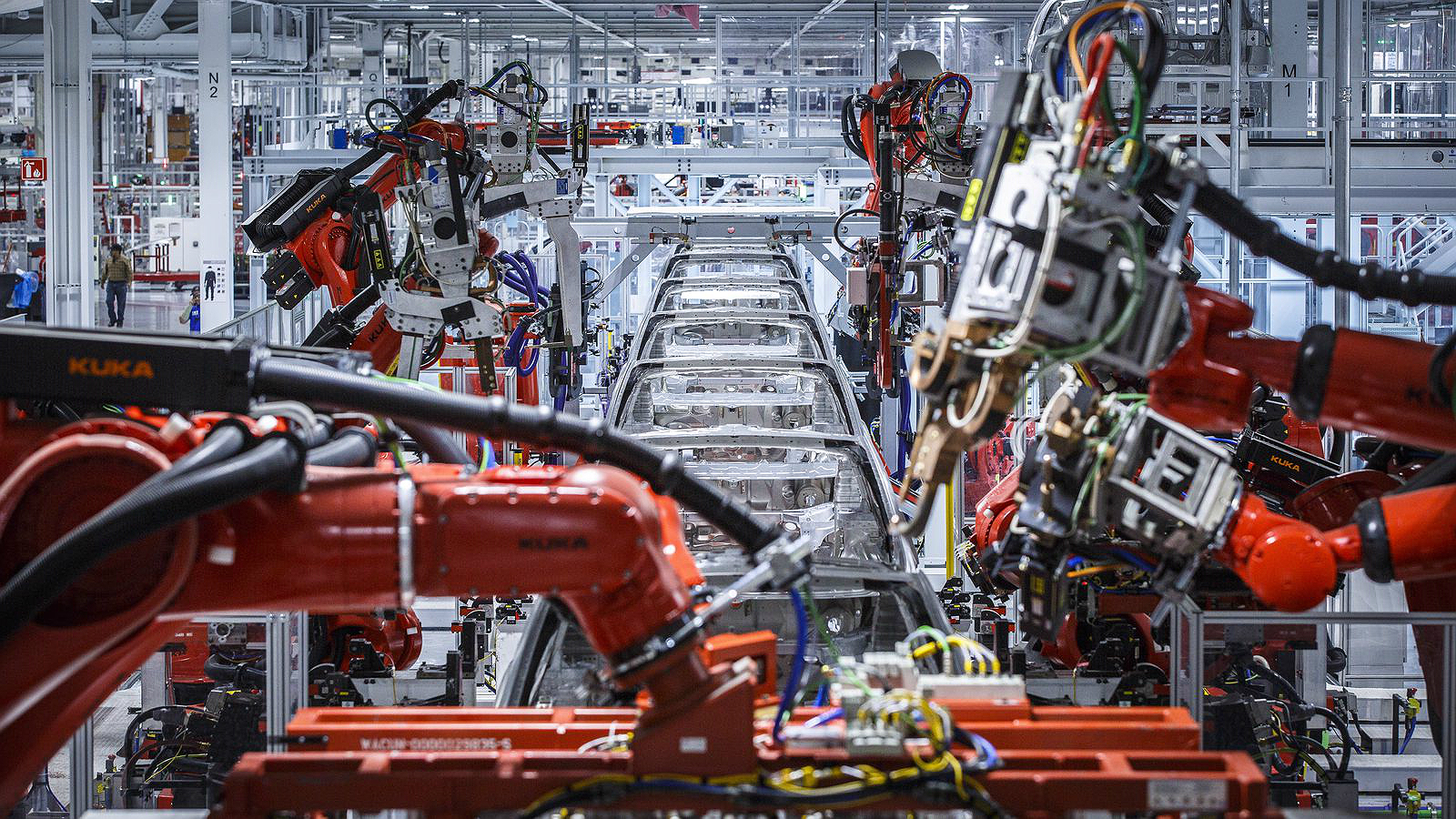Despite being cutting-edge machines that could be described as “the most fun thing” that anyone can possibly buy, Tesla’s electric cars are still subjected to a great deal of stress during operation. Electric cars have fewer moving parts than their fossil fuel-powered counterparts, but nevertheless, the components that move, such as their electric motors and suspension, are still subject to different types of stress.
One of Tesla’s recently published patent applications, titled “System and Method for Monitoring Stress Cycles,” discusses this particular issue. As noted by the electric car maker, machines may heat up or cool down, or speed up and slow down at different times during operation, resulting in thermal and mechanical stress. Over time, such stress could result in decreased performance, which is referred to as damage.
Damages are costly and hazardous. Stress-related damage results in equipment downtime, performance degradation, safety hazards, and maintenance expenses, to name a few. In the case of Tesla’s electric cars, these damages can cause breakdowns, or worse, accidents. To prevent this, strategies are usually employed to detect and address stress-related damage, such as repairing damaged parts or replacing components at set intervals. Tesla notes in its patent application that both practices are time-consuming and costly.
“Even regular inspections may not provide adequate protection against stress-related damage. For example, the inspections may not provide sufficient insight into the characteristics of the stresses imposed on a given component to accurately assess its condition. Moreover, the inspections themselves may be burdensome and costly,” the company wrote.
With this in mind, there is a need for a system that can detect and address stress-related damage in a more efficient and cost-effective manner.

Tesla’s recently published patent application outlines a system involving a processor configured to monitor stress imposed on subsystems while determining the cumulative damage to a vehicle’s systems. Tesla notes that a stress monitoring system would work optimally if the processor is configured to monitor stress cycles in real-time, allowing the system to avoid using too much memory in the process. Tesla describes the concept in the following discussion.
“To address these challenges, processor 140 may be configured to monitor stress cycles in real-time. For example, processor 140 may identify and record stress cycles concurrently while receiving the series of stress values from stress sensors 131-139. In some embodiments, for each received stress value in the series of stress values, processor 140 may perform one or more operations to determine whether a stress cycle has been completed. When processor 140 detects the end of a stress cycle, processor 140 may record the stress cycle immediately, such that the cumulative damage model can be continuously updated to reflect the latest recorded stress cycle.
“In some examples, real-time monitoring of stress cycles may be performed without storing the series of stress values in memory 150. For example, rather than storing a complete series of stress values for later data processing, a comparatively small number of stress values may be stored temporarily to track in-progress stress cycles, but other stress values may be discarded as soon as they are received. Accordingly, the amount of memory used during real-time monitoring of stress cycles may be reduced in comparison to alternative approaches.”
Adopting such a system gives notable benefits to electric car owners. By using a real-time monitoring model, for one, drivers would be notified by their vehicles once a component needs maintenance. In some instances, the car could immediately send stress and damage data to the company. Taking the concept even further, Tesla notes that a vehicle equipped with autonomous driving features would be able to drive itself to a service center when it needs repairs.
“In some embodiments, an operator of vehicle 110 may be notified when damage to subsystems 121-129 is detected. For example, the operator may be alerted when the level of damage reaches a predetermined threshold, such that the operator may take an appropriate remedial action (e.g., bringing vehicle 110 in for maintenance). In one illustrative example, when the level of damage is represented as a damage fraction, the operator may be alerted when the fractional damage to a given subsystem reaches 70%. In some examples, the alert may be communicated to the operator via a dashboard 160 (and/or another suitable control/monitoring interface) of vehicle 110.
“In some examples, processor 140 may be coupled to one or more external entities over a network 170. Accordingly, processor 140 may be configured to send stress cycle and/or damage data over network 170 to various recipients. For example, processor 140 may send stress cycle and/or damage data to a service center, such that service center may contact the operator to schedule a maintenance appointment when a damaged subsystem is identified. Additionally or alternately, when vehicle 1 10 is an autonomous vehicle, vehicle 110 may be instructed to drive autonomously to service center for repairs.”
Tesla is arguably one of the most proactive companies in the auto industry. For example, automotive teardown expert Sandy Munro has already dubbed the company’s batteries as the best in the market today, but Tesla’s Automotive President Jerome Guillen has stated that the company is still constantly making its batteries even better. In an interview with CNBC, Guillen pointed out that the design of Tesla’s battery cells is “not frozen.” With this in mind, it is not very surprising to see Tesla exploring proactive new ways to figure out more effective ways to monitor damages on its electric vehicles.
Tesla’s constant initiative to improve is teased somewhat in the patent applications from the company that has been published over the past few months. Among these include an automatic tire inflation system that teases off-road capabilities for the company’s vehicles, a system that addresses panel gaps during vehicle assembly, a way to create colored solar roof tiles, and even a system that uses electric cars as a way to improve vehicle positioning.
The full text of Tesla’s recently published patent application could be accessed here.











